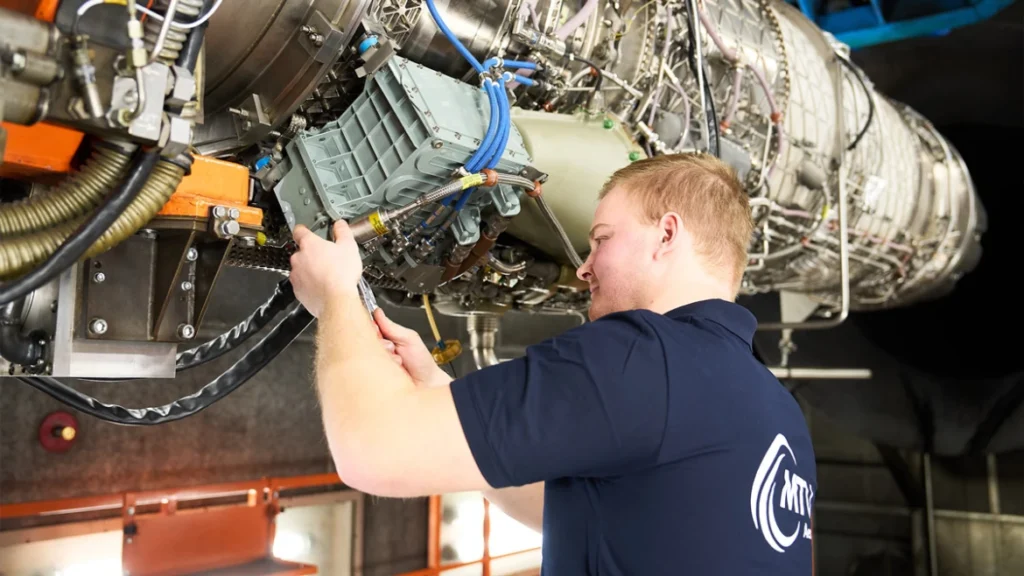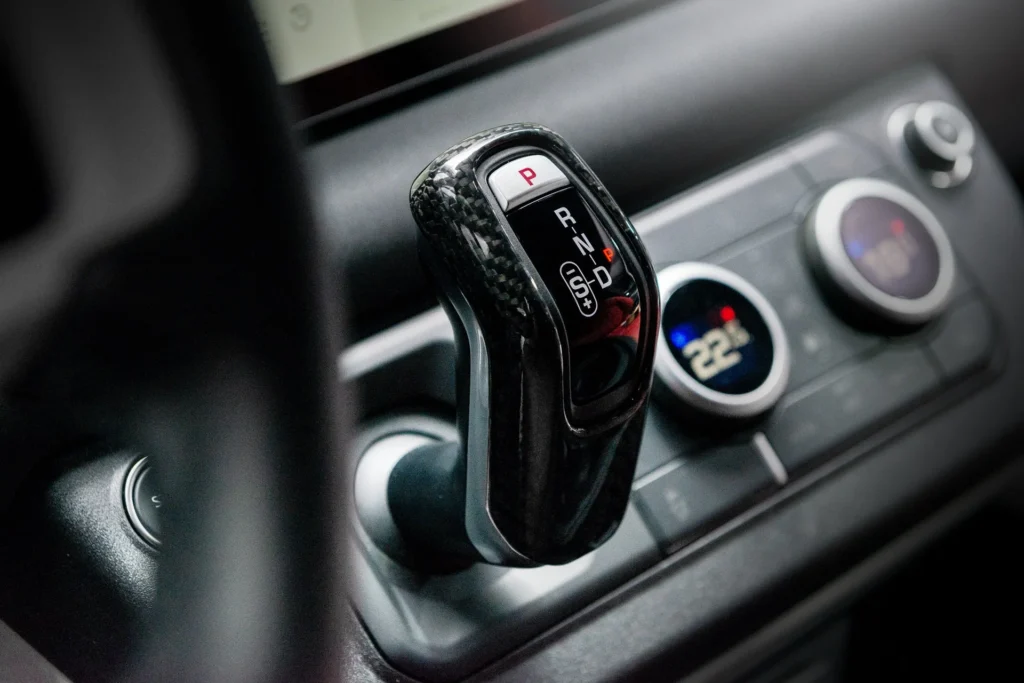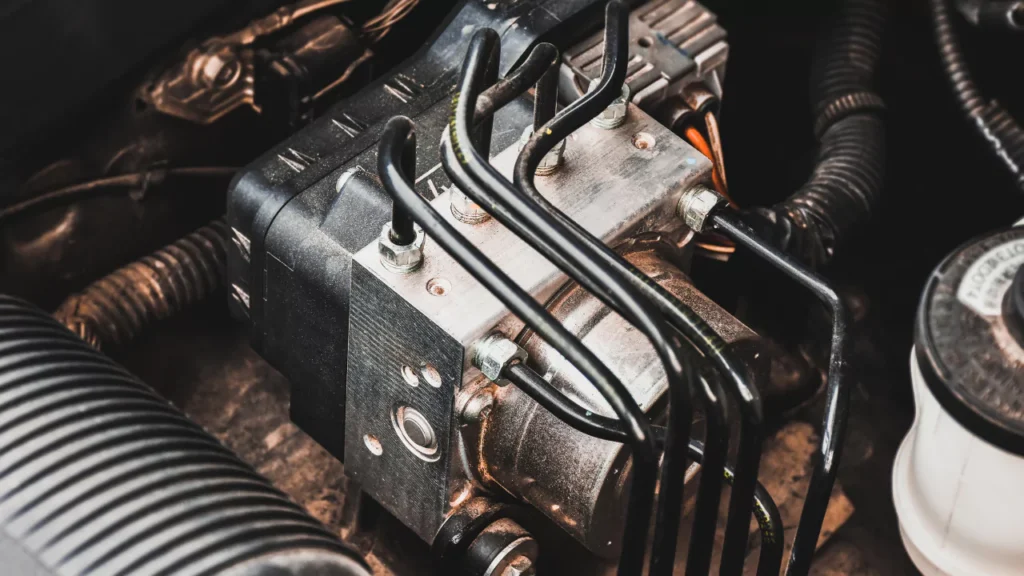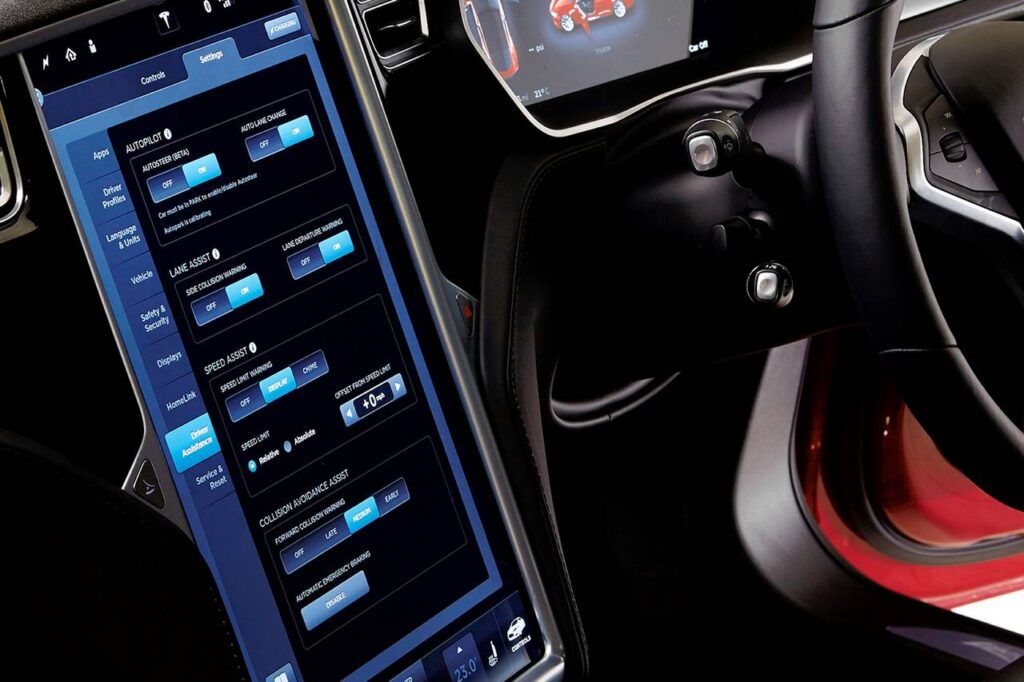Fundamental Differences in Operating Environments
Cars and marine vehicles or watercrafts operate in vastly different environments, leading to distinct requirements for their electronic systems. In cars, the electronics primarily need to withstand variations in temperature, road vibrations, and occasional exposure to water. Conversely, watercrafts must be equipped with electronics that can endure long-term exposure to saltwater, high humidity, and varying atmospheric pressures. This fundamental difference in the operating environment necessitates unique designs and protective measures for both types of vehicles, ensuring reliable performance and longevity.
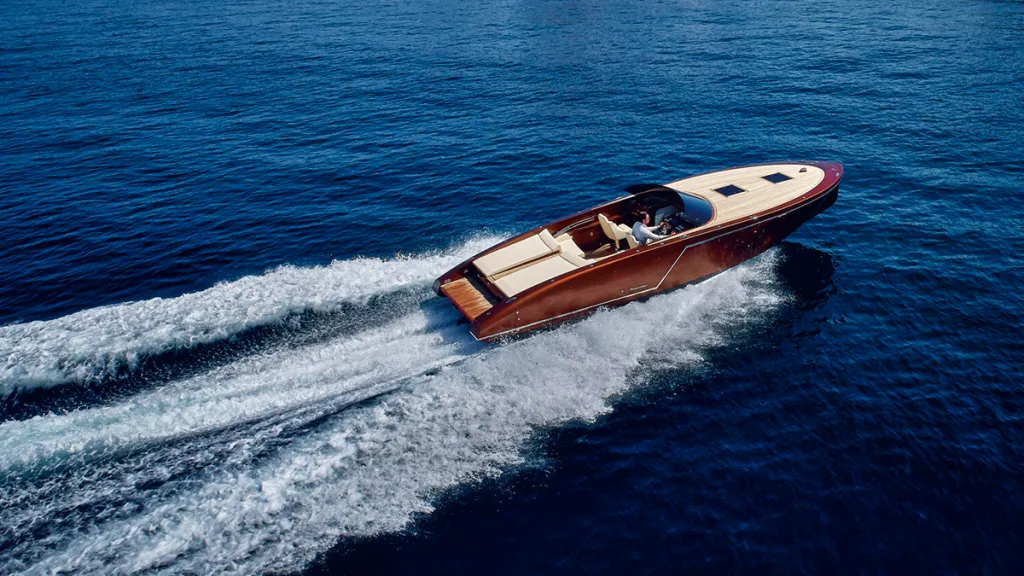
Power Management and System Integration
Both cars and watercrafts require robust power management systems to ensure reliable operation of their electronic components. However, the sources and management of power differ significantly. Cars rely on a battery charged by the engine’s alternator, whereas watercrafts often use multiple batteries and may harness additional power from solar panels or wind generators. Additionally, the integration of systems varies; cars typically have complex, interconnected electronic and computer systems for tasks like engine management and infotainment. Marine vessels, however, may require fully integrated navigation, communication, and safety systems that must be both reliable and resistant to the harsh marine environment.
Navigation Systems and Their Specific Roles
Navigation systems in cars and watercrafts serve similar purposes but with distinct operational requirements. In cars, GPS systems provide real-time navigation, traffic updates, and routing information to the driver. Marine vehicles, however, often rely on more complex navigation systems that include GPS, sonar, radar, and satellite communications. These systems must provide accurate positioning in open waters, detect underwater obstacles, and enable long-range communication for safety purposes.
Communication Systems and Safety Features
Effective communication systems are vital in both cars and watercrafts, although their implementation can differ greatly. In cars, communication systems predominantly consist of smartphone integration, Bluetooth connectivity, and emergency response features like automatic crash notifications. Marine vehicles, on the other hand, require more sophisticated communication systems, such as VHF radios, satellite phones, and emergency beacons, to ensure safety and connectivity while at sea.
Adaptations for Harsh Conditions and Safety
The stringent demands placed on marine vehicles necessitate specialized adaptations for their electronic systems. These adaptations include waterproofing, corrosion resistance, and enhanced durability to withstand the harsh marine environment. Conversely, car electronics are designed with considerations for road conditions, temperature variations, and urban settings. The advanced electronics found in marine vessels must meet rigorous safety standards to ensure they can operate effectively even in extreme conditions. Through these tailored designs and materials, manufacturers ensure that both cars and watercrafts can deliver reliable performance while maintaining the safety and comfort of their users.

